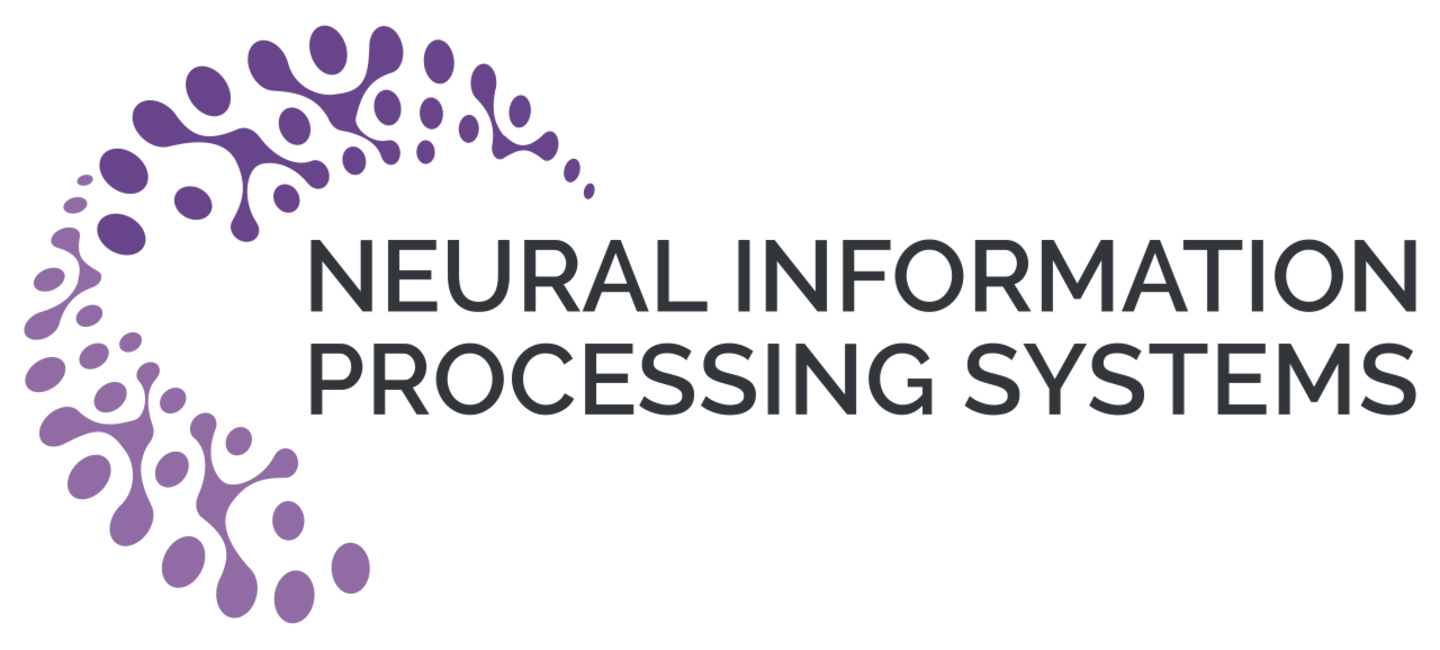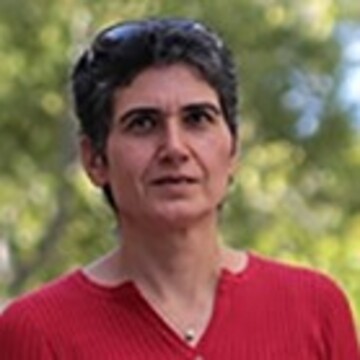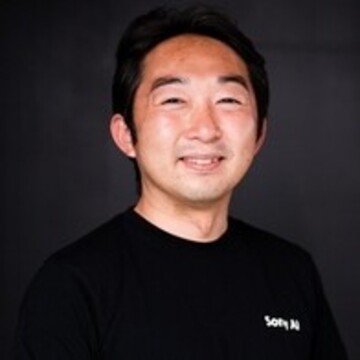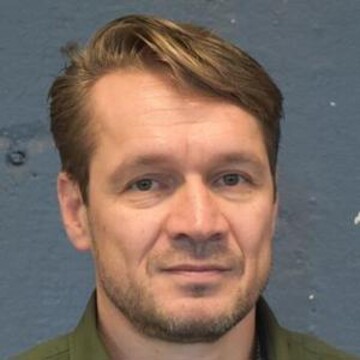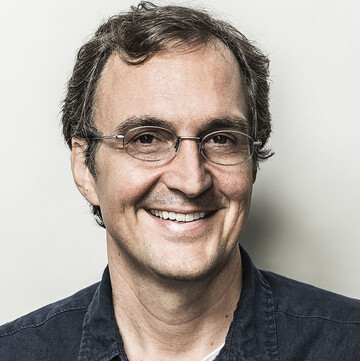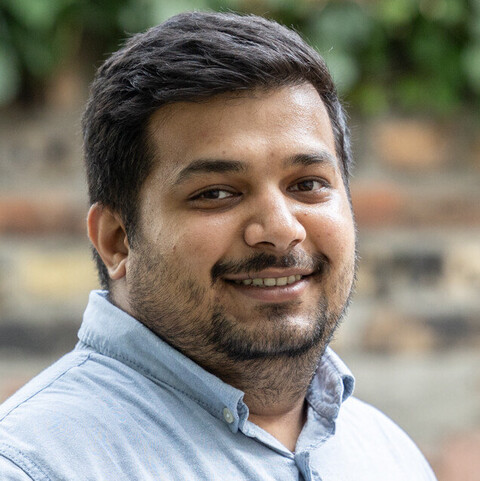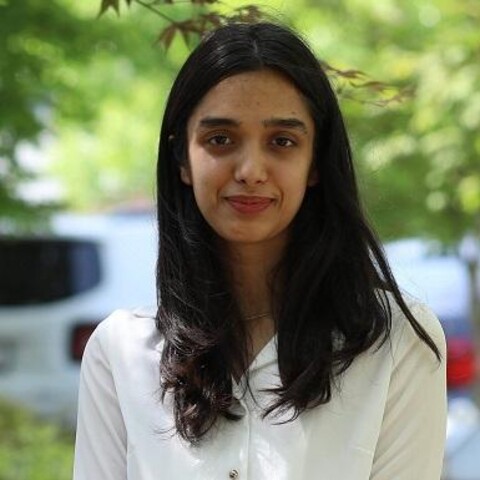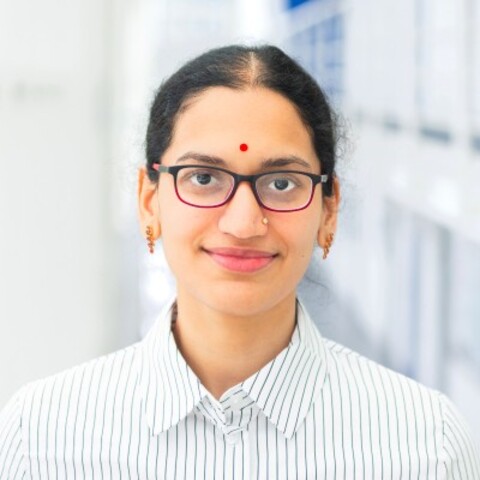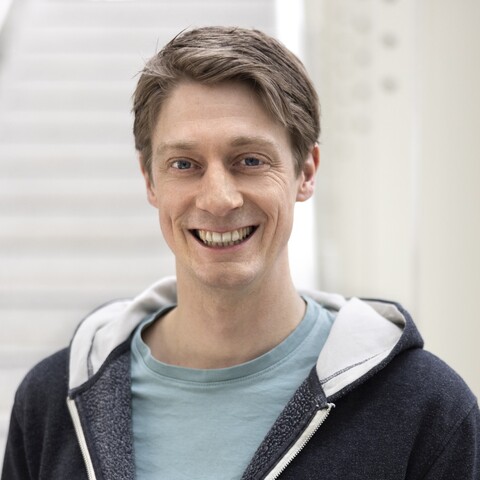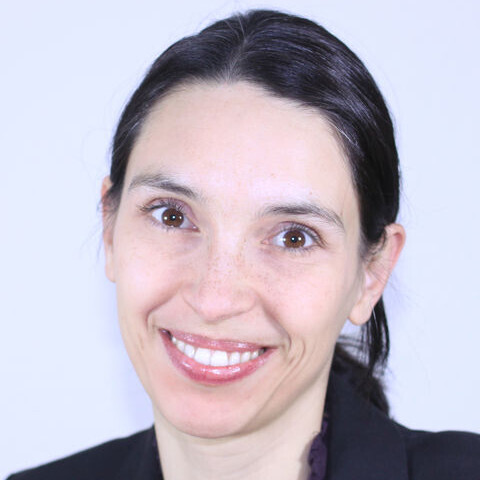Workshop on Learning To Sense (L2S)
NeurIPS 2025 Workshop L2S
Keynote Speakers
We are honored to feature a distinguished lineup of confirmed invited speakers whose diverse expertise spans core areas at the intersection of sensing and intelligent perception, perfectly aligned with the themes of the L2S workshop. From foundational research in artificial visual systems, 3D computer vision, and robot perception (Prof. Michael Felsberg, Linköping University), to industry-driven innovations in imaging systems and sensor-model co-design (Dr. Daisuke Iso, Sony AI), and cutting-edge work on physics-based vision and in-camera processing bridging academic and industrial perspectives (Prof. Michael S. Brown, York University and Samsung AI Center–Toronto), our speakers bring both breadth and depth to the workshop discourse. Complementing these perspectives, we are also joined by Prof. Avideh Zakhor (UC Berkeley), whose pioneering contributions in 3D computer vision, image processing, and large-scale modeling have had significant impact across research and industry. Together, their insights promise to foster a rich dialogue on learning to sense in complex, real-world environments.
Description
Recent advances in computer vision have showcased the power of deep learning models, but these models are still constrained by the nature of the input image data. Traditional Image Signal Processing (ISP) pipelines are designed to optimize images for human perception, often discarding raw sensor information that could benefit machine perception.
This workshop aims to explore the joint optimization of sensors and deep learning models for visual tasks. We focus on three key areas:
(1) Sensor Optimization, including low-bit data capture (e.g., 4-bit, 6-bit, 8-bit) and learnable sensor layouts co-optimized with network parameters, as in [1].
(2) Reimagining ISPs, shifting from fixed hardware pipelines to learnable, task-adaptive ISPs or even direct RAW-to-task pipelines, building on work such as [2], [3], and [4].
(3) Task-Driven Sensor Design, where image capture is guided by the needs of downstream models rather than human aesthetics, using novel sensor configurations or color filter arrangements.
This workshop will foster discussions on end-to-end optimization of image acquisition and processing, with the goal of enabling more robust, efficient, and scalable vision systems. As NeurIPS 2025 brings increasing attention to real-world deployment, particularly on mobile, embedded, and autonomous platforms, this workshop addresses timely challenges at the intersection of sensor design, signal processing, and machine learning.
Topics Covered
This workshop will bring together experts from academia and industry to discuss and explore the following key topics:
- Sensor Optimization for Vision Tasks:
Understanding how sensor design, such as pixel layout, bit depth, and filter configurations, can be optimized for deep learning models, and how joint optimization of sensor and model parameters can lead to more efficient vision systems. - Reimagining the ISP Pipeline:
Investigating the possibility of replacing traditional ISP pipelines with learnable or optimized ISPs that can better align with deep learning models. This could involve training end-to-end systems that bypass traditional image processing steps. Works like [2], [3], and [4] have laid the groundwork for this idea. - Task-Driven Sensor Design:
Designing sensors specifically optimized for deep learning models, focusing on maximizing the amount of information captured for the model’s task rather than optimizing for human visual perception. This could include innovative use of color filters and sensor layouts. - Joint Optimization of Sensors and Models:
Exploring the synergies between sensor hardware and deep learning models through joint optimization. This involves optimizing both the sensor layout and the model’s architecture to work seamlessly together and achieve better performance for specific tasks. - Quantization of RAW Data:
Investigating the role of quantization in making sensor data more manageable, such as reducing bit-depth for efficient storage and processing, while maintaining model performance. Techniques such as [5] and [6] will be explored in this context. - Benchmarks for Sensor-Model Systems:
Introducing and discussing benchmarks that evaluate the performance of sensor-model systems, including new datasets and evaluation metrics tailored to task-driven sensor designs and optimized ISP pipelines. - Generalization Across Real-World Scenarios:
Focusing on how optimized sensor-model systems can generalize across diverse real-world environments, lighting conditions, and sensor types. The goal is to build systems that are robust and adaptable in various settings. - Negative Results:
Quite often, new proposed joint sensor and DL model-based approaches might not perform as well as the established methods with RGB images in common vision datasets. However, discussing these results is paramount as this helps the community understand what did not work and helps them build upon these failed methods. Thus, we would also welcome negative results to be discussed and published at the proposed workshop.
Call For Papers
The submissions for FULL PAPER and EXTENDED ABSTRACTS will happen using the following OpenReview submission portal.
The submission portal opens on 15th July, 2025.
We invite high-quality submissions to the NeurIPS 2025 Workshop on Learning to Sense (L2S), which will be held in-person on December 6 or 7, 2025, in San Diego, CA.
The workshop explores the joint optimization of sensors and machine learning models for visual tasks, pushing beyond traditional paradigms of image acquisition and processing. We aim to rethink the foundations of how machines sense the world by replacing hand-crafted ISPs, leveraging learnable sensor layouts, and adopting task-driven sensing strategies.
We welcome original contributions and position papers in the following topics (non-exhaustive):
- Sensor optimization for computer vision (e.g., bit-depth, pixel layouts, color filter design)
- Learnable and task-driven ISP pipelines
- RAW-to-task or RAW-to-label approaches for visual tasks
- Co-design of neural networks and sensor hardware
- Low-bit and energy-efficient sensing for embedded or mobile devices
- Benchmarks, datasets, and metrics for evaluating sensor-model pipelines
- Generalization and robustness of sensor-model systems in real-world conditions
- Failure case studies and negative results in joint optimization pipelines
We accept two categories of submissions:
- Extended Abstracts: Up to 4 pages, non-archival
- Full Papers: Up to 9 pages (excluding references), archival and published in the PMLR NeurIPS Workshop Proceedings
All submissions must follow the NeurIPS style and will undergo double-blind peer review via OpenReview.
Submission Types
We offer two types of submissions:
- Extended Abstract
- Up to 4 pages (excluding references)
- Non-archival; ideal for early-stage ideas or ongoing work
- Accepted papers will be presented as posters or short talks
- Full Paper
- Up to 9 pages (excluding references)
- Selected papers will be published in the NeurIPS 2025 Workshop Proceedings (PMLR)
- Presented as talks or spotlight posters
Formatting Guidelines
- All submissions must follow the official NeurIPS paper template
- Submissions must be double-blind and adhere to ethical guidelines
- Supplementary materials are optional and do not count toward the page limit
Important Dates (AoE)
- Submission Deadline: August 22, 2025
- Review Period & Oral Decisions: August 23 – September 17, 2025
- Notification of Acceptance: September 22, 2025
- Camera-Ready Deadline: October 15, 2025
- Workshop Date: December 6 or 7, 2025
Workshop Schedule
We are excited to present a full-day, in-person workshop featuring 5 invited talks, 2 oral paper presentations, a panel discussion, and 2 poster sessions. All accepted posters will be split equally across the two sessions to ensure visibility and engagement.
Total Duration: 9 hours
Format: Each invited and oral talk consists of a 20-minute presentation + 10-minute discussion
Timezone: All times are in local time (based on NeurIPS timezone in San Diego)
09:00 – 09:15 — Opening Remarks and Best Paper Award Announcement
09:15 – 09:45 — Invited Talk 1: Prof. Michael Felsberg (Linköping University)
09:45 – 10:15 — Invited Talk 2: Dr. Daisuke Iso (Sony AI)
10:15 – 10:30 — ☕ Coffee Break 1
10:30 – 11:00 — Invited Talk 5: Dr. Wenxiu Sun (SenseTime)
11:00 – 11:30 — Oral Presentation 1 (20+10 min)
11:30 – 12:30 — Poster Session 1 and Informal Discussions
12:30 – 13:30 — Lunch Break
13:30 – 14:00 — Invited Talk 3: Prof. Michael S. Brown (York University & Samsung AI Center)
14:00 – 14:30 — Invited Talk 4: Prof. Avideh Zakhor (UC Berkeley)
14:30 – 15:00 — Oral Presentation 2 (20+10 min)
15:00 – 15:15 — ☕ Coffee Break 2
15:15 – 16:00 — Panel Discussion: Task-Driven Sensor Design and Learnable Imaging Pipelines
16:00 – 17:00 — Poster Session 2 and Wrap-Up
Contact Us
In case of any queries please feel free to contact Shashank Agnihotri at shashank.agnihotri@uni-mannheim.de . To ensure that you get a reply, please include "[L2S Workshop]" in the subject of the email.
References
[1] H. Sommerhoff, S. Agnihotri, M. Saleh, M. Moeller, M. Keuper, B. Choubey, and A. Kolb. Task driven sensor layouts-joint optimization of pixel layout and network parameters. In 2024 IEEE International Conference on Computational Photography (ICCP), pages 1–10. IEEE, 2024.
[2] A. Ignatov, L. Van Gool, and R. Timofte. Replacing mobile camera isp with a single deep learning model. In Proceedings of the IEEE/
[3] I. Morawski, Y.-A. Chen, Y.-S. Lin, S. Dangi, K. He, and W. H. Hsu. Genisp: Neural isp for low-light machine cognition. In Proceedings of the IEEE/
[4] Y. Zhang, Y. Zhang, Z. Zhang, M. Zhang, R. Tian, and M. Ding. Isp-teacher: Image signal process with disentanglement regularization for unsupervised domain adaptive dark object detection. In Proceedings of the AAAI Conference on Artificial Intelligence, volume 38, pages 7387–7395, 2024
[5] M. Buckler, S. Jayasuriya, and A. Sampson. Reconfiguring the imaging pipeline for computer vision. In Proceedings of the IEEE International Conference on Computer Vision (ICCV), Oct 2017.
[6] O. Christie, J. Rego, and S. Jayasuriya. Analyzing sensor quantization of raw images for visual slam. In 2020 IEEE International Conference on Image Processing (ICIP), pages 246–250, 2020. doi:10.1109/ICIP40778.2020.9191352.
